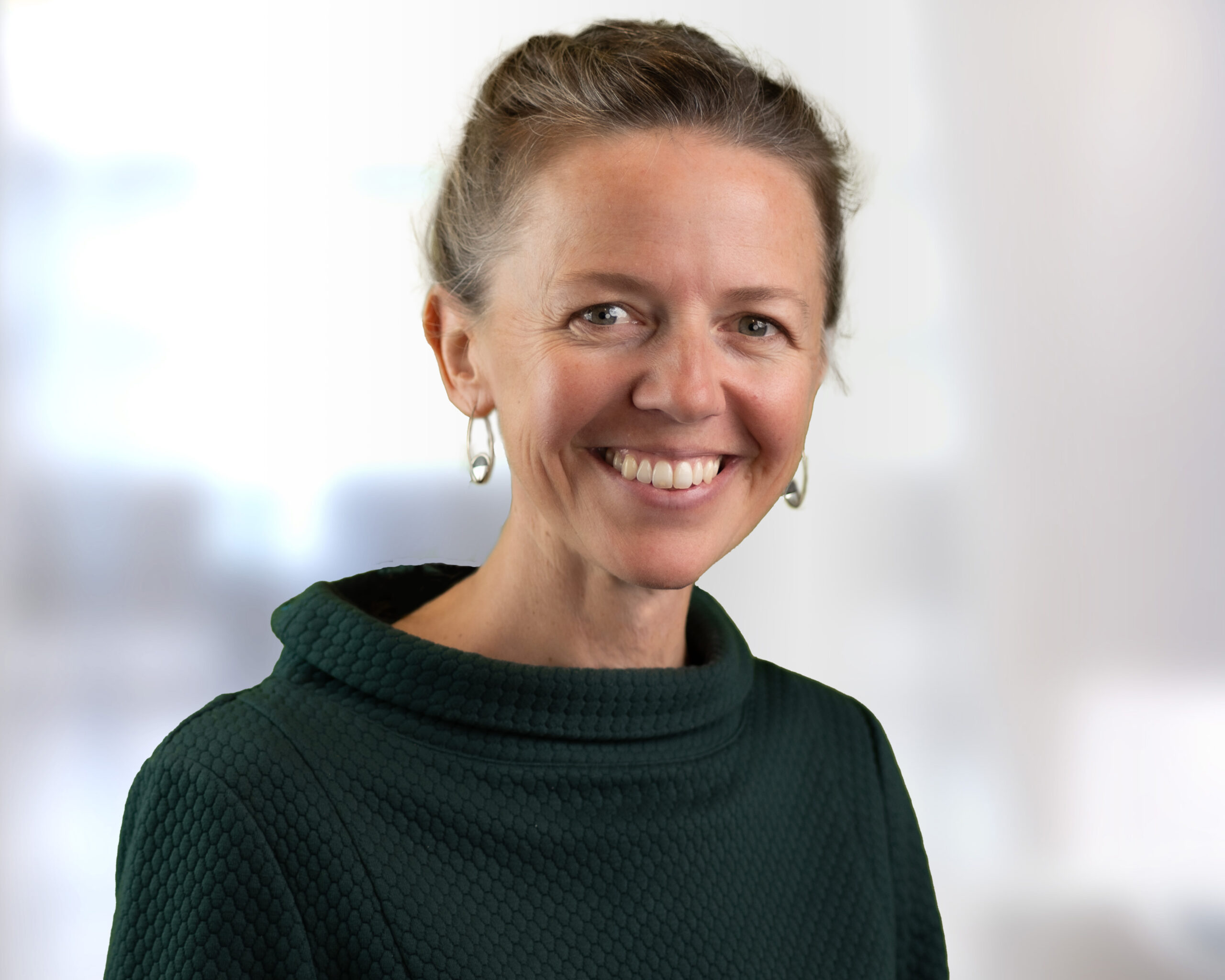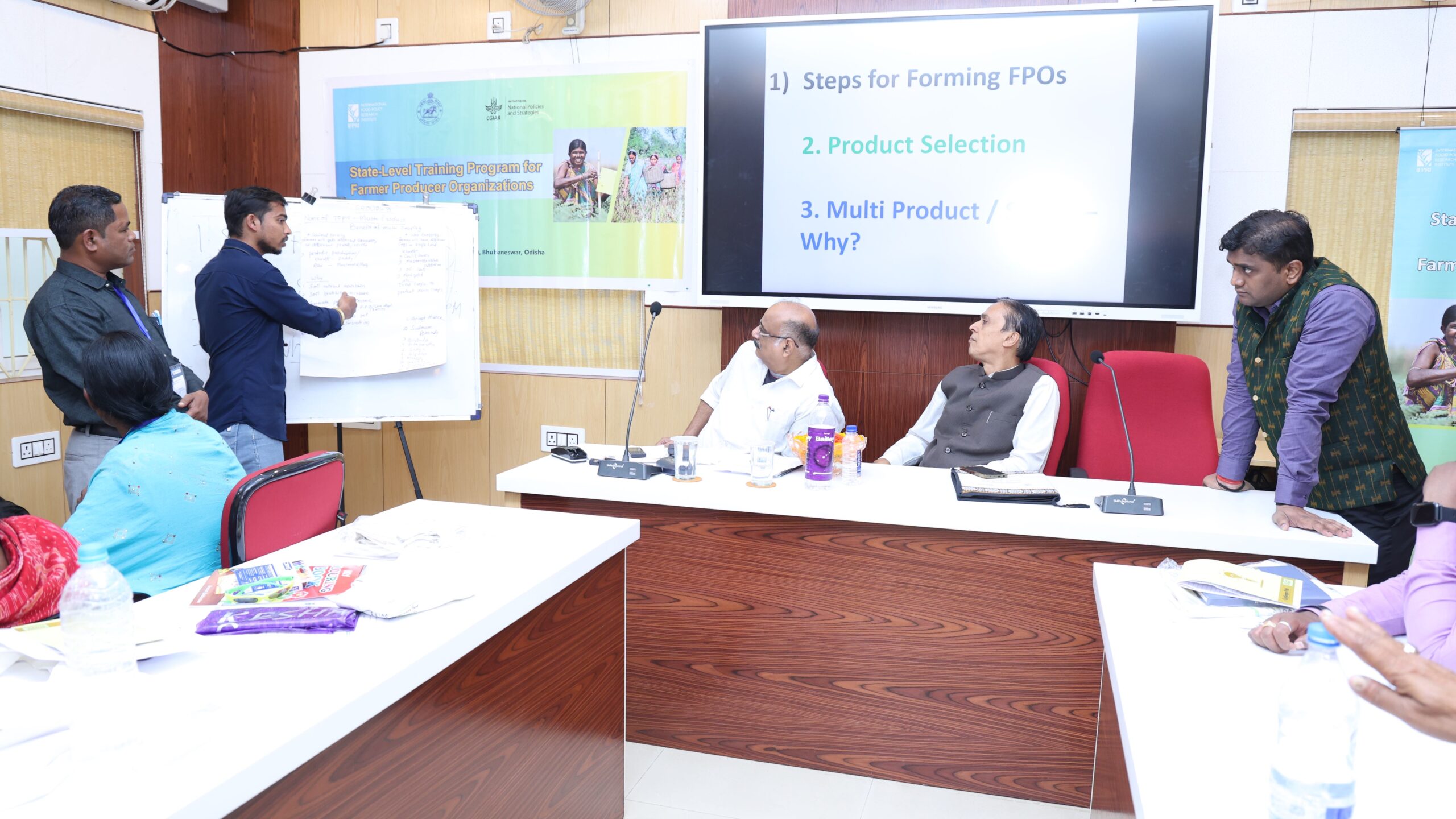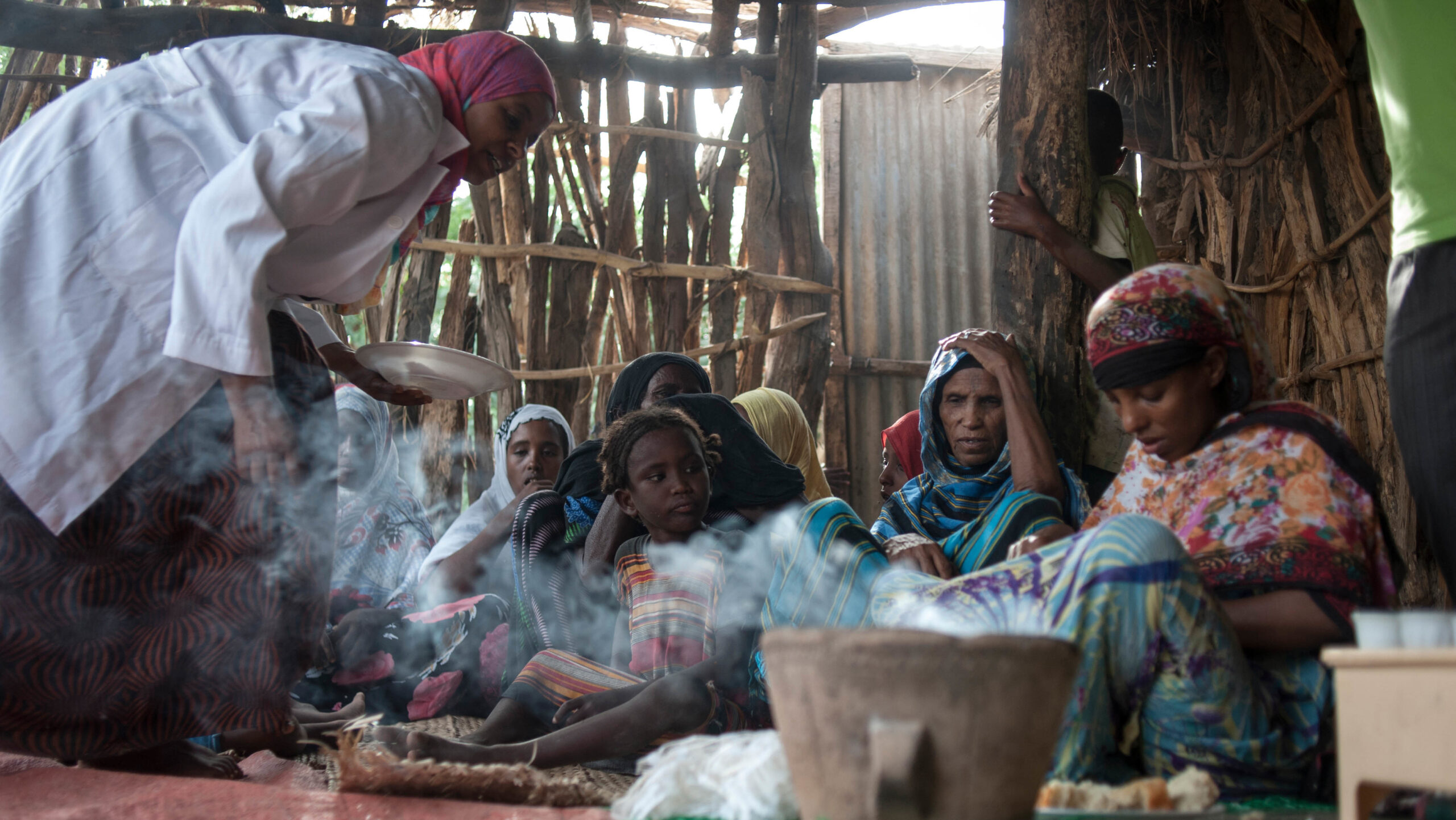One tends to think of farmers, especially low-income smallholder farmers, as the recipients of public investment for agriculture. At an IFPRI event earlier this week, a panel of experts turned that perspective around, pointing to research that showed farmers themselves as the largest, most important, investors in agriculture. The question remains, then, how can development organizations help farmers raise the quality of their investments?
Keith Wiebe of the UN Food and Agriculture Organization (FAO) kicked off the panel discussion, stating that farmers “must be central” to any investment in agriculture. The panel also included Michele McNabb, president of the Partnership to Cut Hunger and Poverty in Africa (PCHPA), and Tewodaj Mogues, research fellow at IFPRI.
The event marked the US launch of the State of Food and Agriculture 2012, FAO’s annual flagship publication. This year’s theme “investing in agriculture for a better future,” emphasizes *quality of investments over quantity*.
Wiebe explained that, as a group, farmers invest more than four times the amount of resources—such as labor, land allocation, livestock, and machinery—than governments or other sources of public investment. These investments, however, hinge on the policy and market environments where the farmers live. Smallholder farmers in particular face myriad challenges getting their crops from farm to table, from insecure land rights to inadequate financing and access to markets, to poor rural roads. Removing these constraints is crucial to allowing rural farmers to grow more food more sustainably.
Mogues argued that specific targeted investments—in agricultural research and development (R&D) and in rural roads and education—can have bigger and more sustainable impacts than broad-scale “blanket” investments in the agricultural sector.
McNabb told an anecdote from her days working with farmers in eastern Kenya. The farmers, she said, insisted on growing maize despite having a climate ideally suited for sorghum. For years, she struggled to understand why, until she realized that there was no market for selling the surplus in years where there was a bumper harvest, which occurred every one in five years. The farmers were making carefully calculated and rational decisions based on market conditions and perceived risks and returns. “Farmers will invest if the market’s there for them,” she concluded. Getting the policy environment right for smallholders is key in establishing food security in the long run.







